Toward France


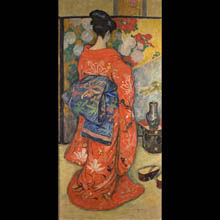
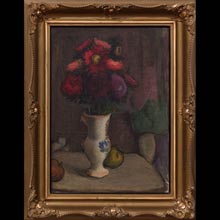
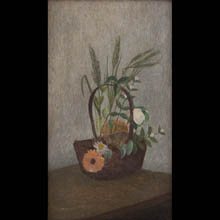
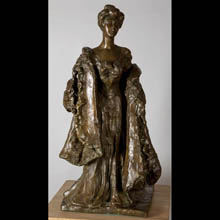
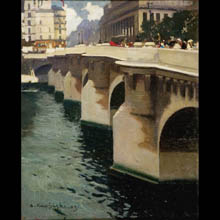
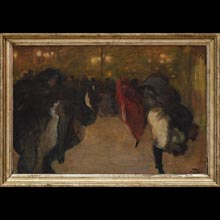

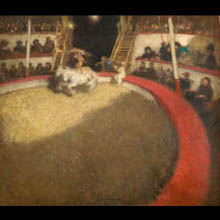
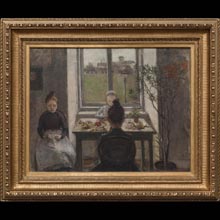
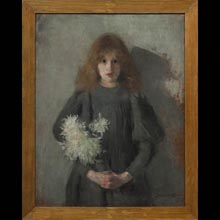
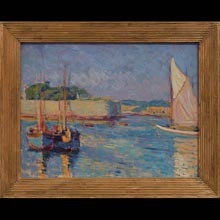
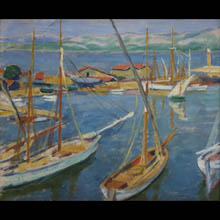
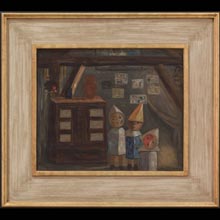
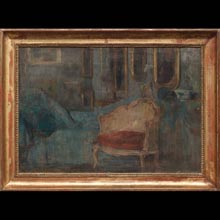
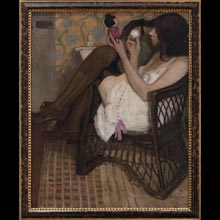

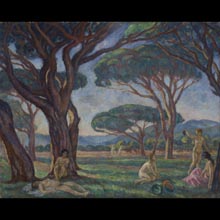
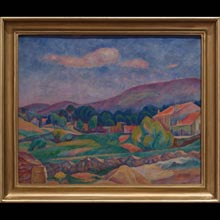
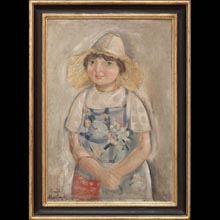
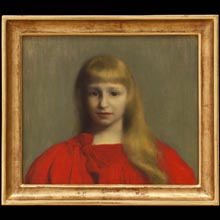
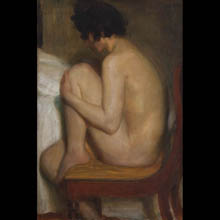
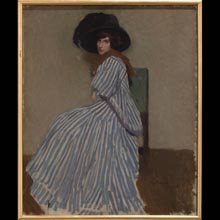

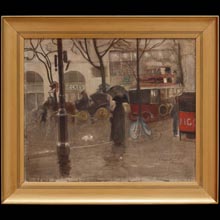
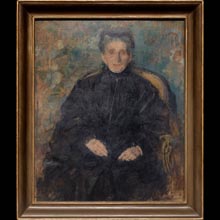
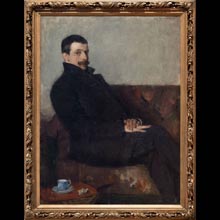


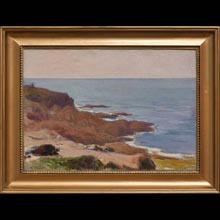
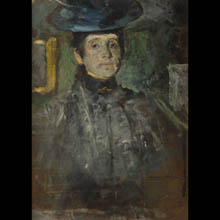
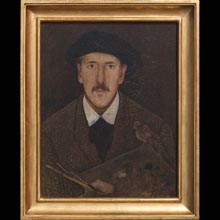

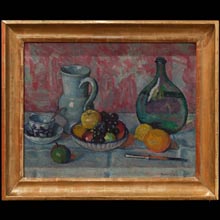


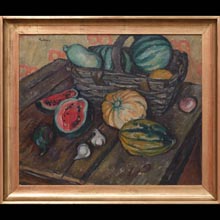
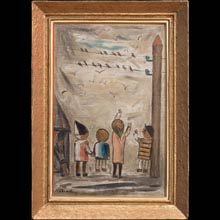
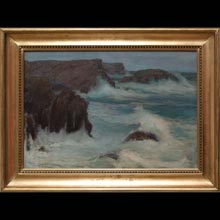
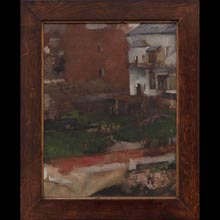

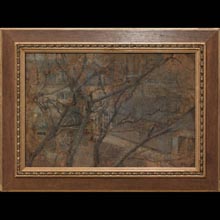
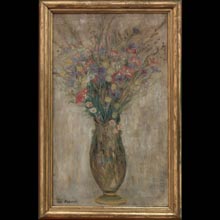
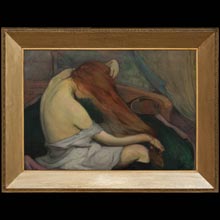
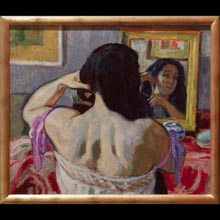
The artists of Young Poland, many of whom had trained in Munich schools, set out on art tours to Paris, which grew to prominence as the world’s leading art centre in the last decade of the 19th century. The dominance of Impressionism was on the wane; artists from the Pont-Aven school centred around Paul Gauguin promoted painting synthetism, and the Nabi artists turned to extrasensory impressions, oneiric subconscious states that were essentially archetypical for human spirituality, as well as to simplified but elegant drawing. For young artists leaving Poland France’s major magnets were the number of museums, galleries, salons and exhibitions as well as the country’s agile artistic community and the alluring world of new experiences of the big city lifestyle. The first ones to go to Paris in 1889 were Władysław Podkowiński and Józef Pankiewicz. Following a period of fascination with Impressionism, decadent nocturnes and Japanese art, Józef Pankiewicz (1866–1940) took to the Post-Impressionistic paintings of Paul Cézanne and Pierre Bonnard. He started painting with a panache, focusing on texture, using a palette of saturated colours and a play of colours. Upon study of Cézanne’s canvases, Pankiewicz concluded that “…it is the surface that stimulates the first impression. Only then do we begin to realise what the picture presents. This material side of the surface is the base of our aesthetic impression. ...A smooth surface juxtaposed with a lighter patch gets darker, and fades when neighboured by a dark one; a grey area gets greener when contrasted with a red patch etc.” The nature of colour became a dominating element in Józef Pankiewicz’s painting, notably in the still lifes he painted after 1908 in Provance or Spain, with a characteristic play of colours based on the principles of interaction of colour areas. In 1898, the great artistic individuality and the first lady of Young Poland painting, Olga Boznańska (1865–1940) arrived in Paris to stay there till the end of her life. However, she never severed ties with either the “Sztuka” Association of Polish Artists or the Krakow art milieu. She had already spent several years in Munich and had had some spectacular successes to her credit. Boznańska painted still life, interiors, views from studio windows, and above all portraits: intimate, in toned-down, sophisticated colour ranges, and proving her careful and perfect psychological observation of the model, like in A Grl with Chrysanthemums (1894), one of the most beautiful portraits in which the painter captured the girl’s sadness in subtle greys and silvery tones, its nostalgic aura bearing a close relationship to Maurice Maeterlinck’s poetry. Boznańska never yielded to French painting’s influences, remained indifferent to Impressionism, adopting only some technical suggestions from the mood-filled work of Eugene Carrière or James McNeill Whistler. Władysław Ślewiński (1854–1918), too, developed ties with France, making friends with Paul Gauguin and the Pont-Aven group, adopting their formal synthetism achieved by eliminating insignificant detail and using flat patches of colour delimited by thick contours while keeping the motif recognisable. Fascinated with Brittany’s stark landscape he often depicted a stormy sea with waves smashing against rocks, creating also still lifes in muted and harmonious colour ranges. Ślewiński often went back to portrait painting and intimate scenes in interiors, like Woman Combing her Hair (1897), a uniquely framed image with distinct, wavy contour lines reminiscent of Art Nouveau, and a colour palette dictated by the model’s reddish brown hair and the golden white skin of her body. At the turn of 1908 and 1909, Jan Stanisławski’s student Tadeusz ‘Tade’ Makowski (1882–1932) settled in Paris, and after an initial fascination with Puvis de Chavannes’s symbolic painting he met a group of avant-garde painters: Albert Gleizes, Jean Metzinger, Fernand Léger and Alexander Archipenko. Following in their footsteps he started experiments basing on his individual interpretation of French Cubism – consciously primitive, combined with lyricism and subtle expression, most frequently in delicate, pastel colours. Apart from still life, his canvases predominantly featured images of children who grew more and more synthetic, wearing distinctive triangular hats. Later they transformed into grotesque lumpy puppets. Alfons Karpiński (1875–1961) was another artist that fondly recorded his Paris reminiscences both in atmospheric landscapes and street views, and in stunning portraits of a model named Jane. Paris and Montmartre cabarets fascinated Wojciech Weiss, the painter of the dynamic Cancan at the Moulin Rouge (1900). French Impressionism also echoed in Ludwik Puget’s (1877–1942) daintily pulsating sculptures with beautiful chiaroscuro modelling. Urszula Kozakowska-Zaucha












